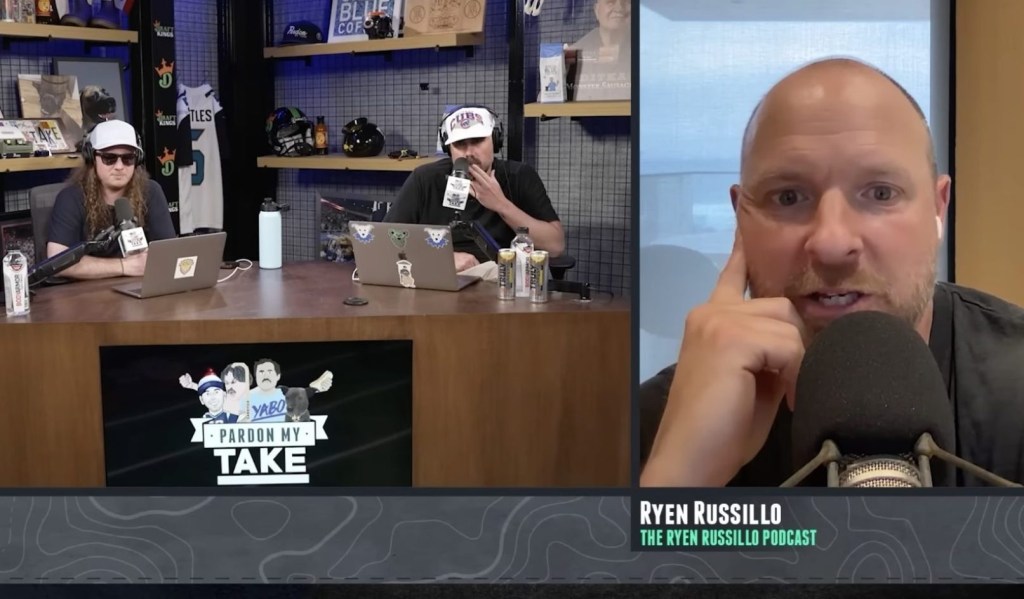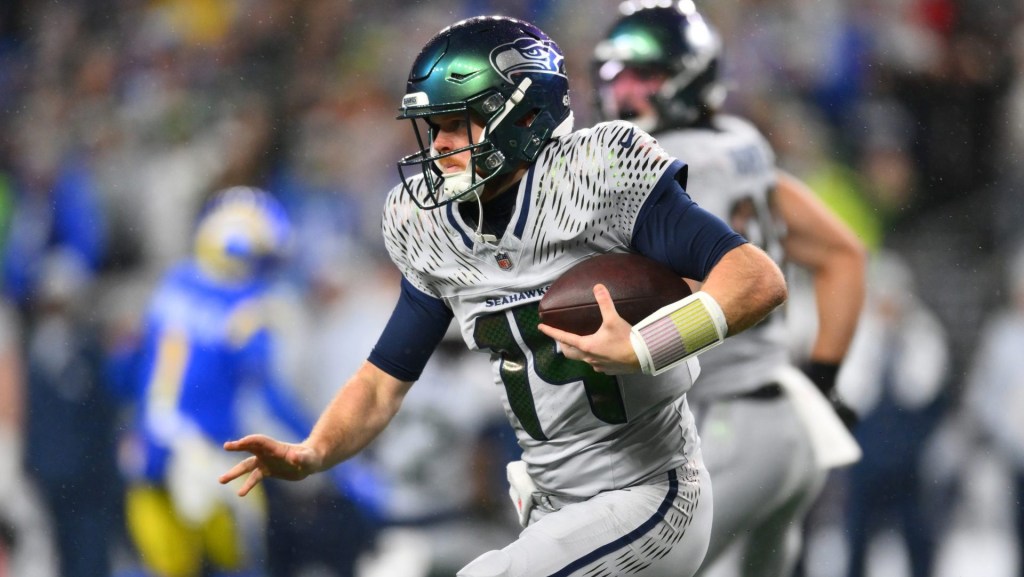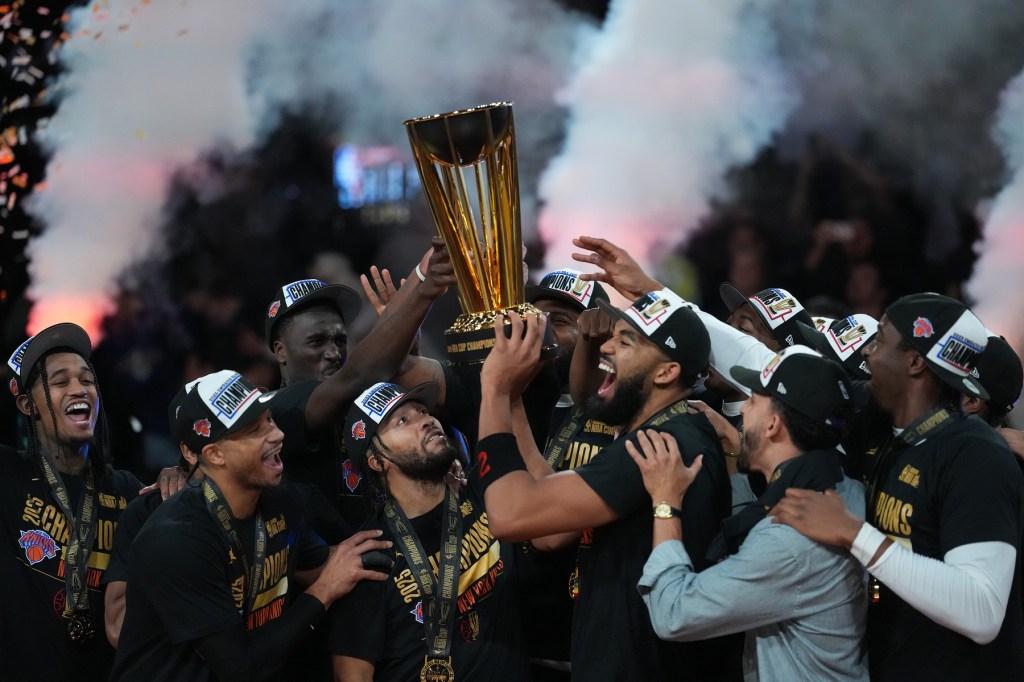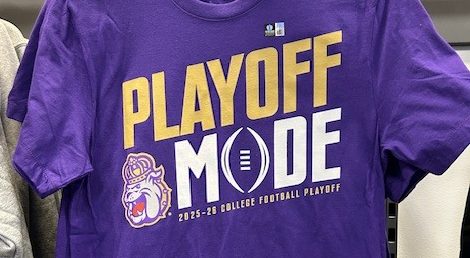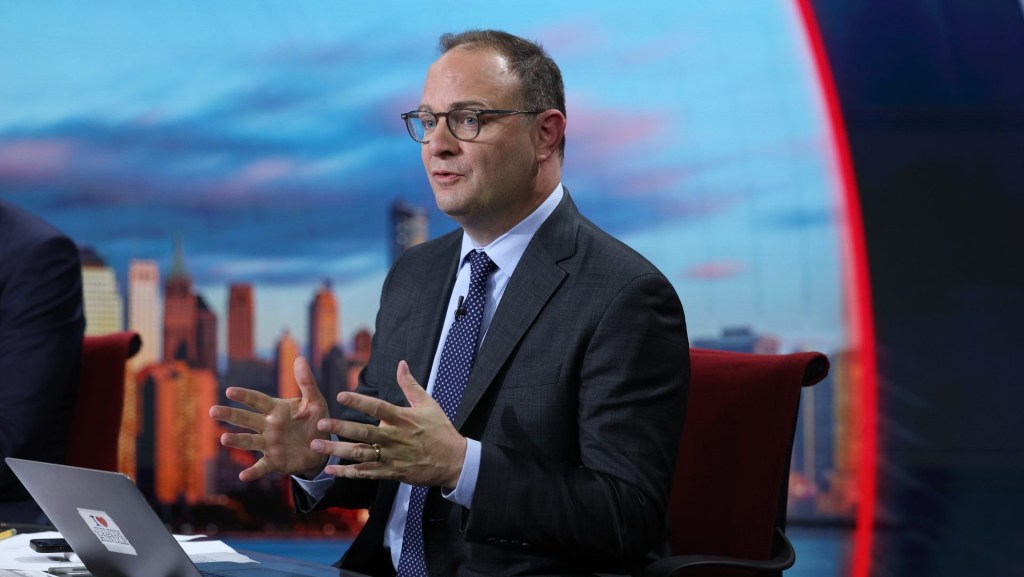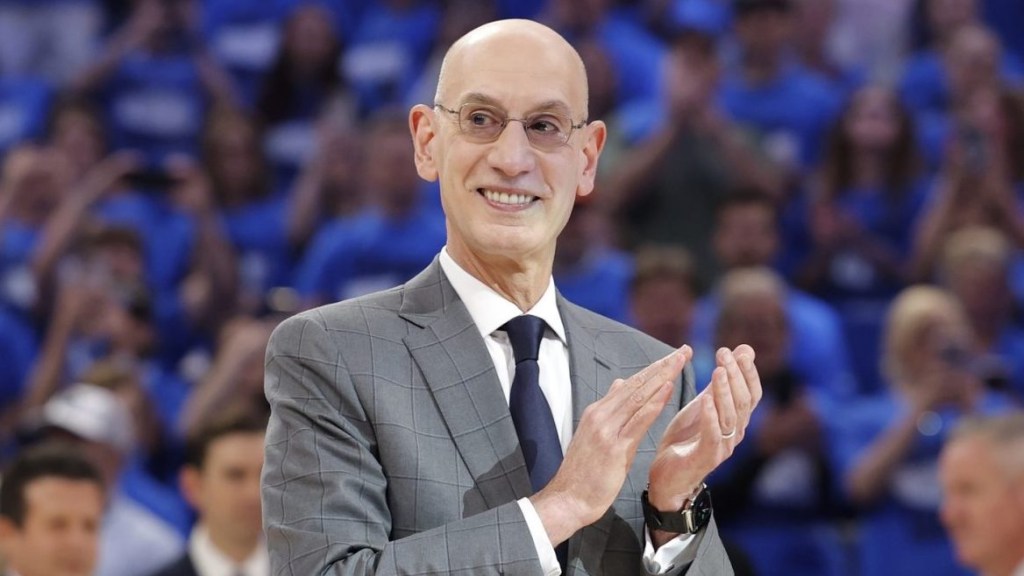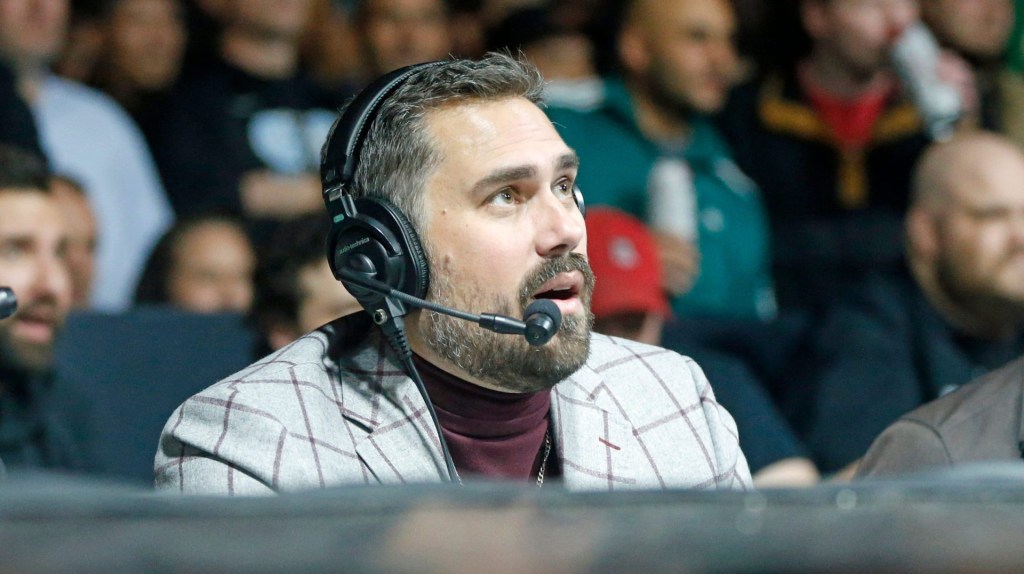Well, that was quick.
For the last few years, cord-cutting has dominated debate over how fans will consume live sports in the future. But oddly enough, in 2023, we’re already seeing a revival of an “old” practice.
Major sports leagues have begun finding new homes on free, over-the-air networks not traditionally associated with live sports — two of the biggest being The CW and Scripps Sports.
The CW is backed by the publicly traded Nexstar Media Group, which carries a $5 billion market cap and claims it’s available in 100% of U.S. television homes. This year, it started showing LIV Golf tournaments and ACC football games, with basketball coming next month.
LIV’s debut 2023 tournament garnered less than 300,000 viewers, and the league eventually opted to report viewership numbers through the lesser-known iSpot service, as opposed to Nielsen, which most leagues use. Through 10 weeks of the college football season, the highest-rated game on The CW was Virginia-North Carolina on Oct. 21, which drew 788,000 viewers.
Moving forward, The CW will pay a reported $800 million to broadcast the NASCAR Xfinity Series beginning in 2025. The second-tier circuit averaged about 1 million viewers per race this season mostly on FS1 and USA Network, which both have a household reach of just over 71 million. And just this week, it announced a five-year deal with WWE NXT that could be worth up to $200 million.
Scripps Sports, a new division of the 145-year-old E.W. Scripps Company (also publicly traded), just made one of its biggest splashes yet by acquiring NWSL rights as part of record-setting deals that will total $240 million. Earlier this year, it began airing Friday night WNBA games on its Ion network, which has a national reach of nearly 60%. That package of games was responsible for a 24% increase in total WNBA viewership this season to 39 million unique viewers.
In addition, Scripps has new agreements with the Arizona Coyotes and Vegas Golden Knights to broadcast NHL games for free on local stations in those markets. On Scripps’ most recent earnings call, president and CEO Adam Symson said the Coyotes were already seeing a 900% increase in viewership compared to games on Bally Sports Arizona last season, while the Golden Knights have more than doubled their local viewership. Scripps also holds rights to some Big Sky Conference sports, including football.
Now, with varying strategies — and without top-tier sports rights like the NFL or NBA — The CW and Scripps could be unlikely leaders in a new age for live sports.
Just Getting Started
Both companies tell Front Office Sports they’re in discussions for even more sports deals.
The CW’s budget is “whatever makes sense,” president of entertainment Brad Schwartz says, as long as it’s profitable. “There really isn’t anything we can’t do, but we’re going to be smart about it.” Schwartz also sees long-term opportunities to add sports programming on Friday nights and Sunday afternoons.
Scripps’ local deals are all market-dependent, and its national strategy is still being developed. “We have no intention to turn Ion into a sports channel,” Scripps Sports president Brian Lawlor said. “We think of it like a TBS [or] a TNT, where you have really consistent regular programming that is brand-defining, but you also have some sports rights.”
Expect Scripps to continue its sports push — but not overdo it. “We’re not going to go 10 sports teams or leagues deep,” Lawlor noted.
“There is really no better form of programming for linear television networks than sports,” said Ed Desser, a sports media expert and former NBA executive.
Not only will these new sports deals help attract more viewers and higher advertising dollars, but Desser suspects they could help The CW and Ion be seen as more viable options for upstart leagues looking to buy time on networks with wide distribution.
Not The Only Ones
Beyond The CW and Scripps Sports, local sports rights are experiencing a major shift in the wake of the bankruptcy of Diamond Sports Group (a subsidiary of Sinclair Broadcast Group), which is impacting dozens of NBA, NHL, and MLB teams to which the company has held rights.
Another player in this new era is Gray TV, which has a new deal to broadcast Phoenix Suns and Mercury games on its local station. The Suns have even offered fans free antennas to help ease the transition. Gray has said it is exploring other sports deals but hasn’t announced anything further.
The Utah Jazz opted to partner with local station KJZZ-TV, owned by Sinclair, to broadcast games for free, as well as launching a paid streaming service. “Everybody’s coming to knock on broadcast’s door,” said Schwartz
Meanwhile, MLB took over rights for the Arizona Diamondbacks and San Diego Padres after DSG’s bankruptcy, airing those games on a mix of broadcast, cable, and streaming options.
Still, amid the shifting landscape for live sports, the proliferation of digital content cannot be ignored.
What About Streaming?
While more local and second-tier national sports programming moves to alternative networks, deep-pocketed streamers continue to target premium live sports rights.
Amazon and Apple have explored acquiring rights to the College Football Playoff, and the former is interested in the NBA. NASCAR has said its next set of media rights deals will include a streaming package. Apple made a lucrative bid for Pac-12 rights before the conference’s ultimate demise this summer.
In the NFL, Google is paying $2 billion annually for NFL Sunday Ticket on YouTube. Prime Video’s “Thursday Night Football” is experiencing huge gains year-over-year as fans become more acquainted with exclusively streamed games.
The league’s streaming service, NFL+, is in its second season and could also soon be the home of exclusive game broadcasts. “When that time’s right, I think we’ll be really excited about bringing one of those games behind the paywall into NFL+,” Aaron Perez, the league’s senior director, strategy and business management, told FOS.
The streaming evolution isn’t just for major national properties, though. Lawlor says a key element of Scripps’ local market strategy is being able to build a direct-to-consumer product — as it did with the Golden Knights — and monetize it with each team. “It’s all about access,” he said.
As 2024 approaches, the sports media marketplace will continue to be a mixed bag of broadcast offerings.
Channel Surfing
Diamond Sports Group has said it will retain all of its existing NBA and NHL team rights for at least this season, will keep 10 of its 12 MLB team deals in question, and is working on solidifying plans with the other two. So, after a summer of disruption, 2024 could prove to be a quieter period.
But DSG’s shaky future could ultimately make a plethora of local rights available for the likes of The CW and Scripps to pick up. “For a local individual station, there is nothing better than home team rights, in terms of generating interest and enthusiasm, advertiser interest, and audiences,” Desser said.
The CW will remain aggressive in its national approach. “The other four broadcasters don’t have a lot of shelf space left,” Schwartz said in reference to ABC, CBS, Fox, and NBC. “They’ve done huge rights deals with every major league. And here’s The CW with shelf space and money to invest.”
And don’t expect that ambitious strategy to bother potential competitors like Scripps. “We’re all moving the needle and establishing the new landscape for the future of sports,” Lawlor said.
In the end, streaming should inevitably win out as top leagues and broadcasters continue embracing advances in technology. But for now, there’s an opening on what was thought to be a dying medium — and sports are taking advantage.

